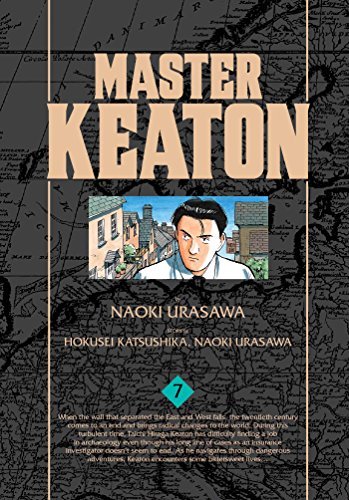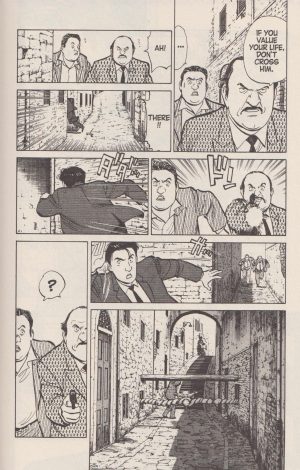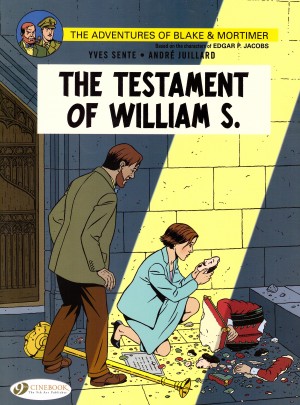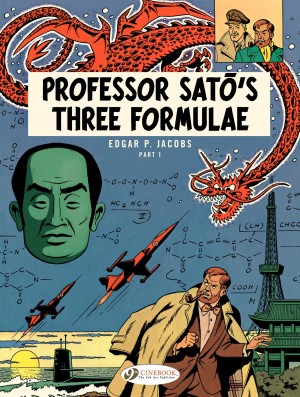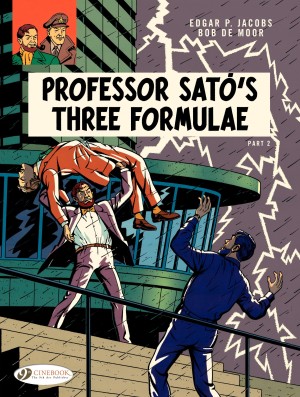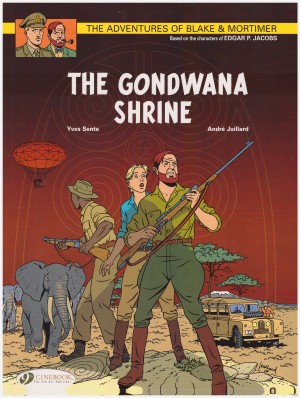Review by Frank Plowright
Until now Master Keaton has been a bastion of quality and consistency, but with this seventh volume there’s a little fraying around the edges. It remains the same writing team as Master Keaton 6, Hokusei Katsushika collaborating with artist Naoki Urasawa, and the same pattern of a dozen stories taking place around the world and incredibly well researched in the pre-internet era. In fact anyone picking up this as their first experience of the series would wonder why there would be any quibbling, as on their own merits these are almost all engaging stories of the SAS trained archaeologist and insurance investigator.
There’s been some between volumes change as Keaton now runs a Baker Street investigation agency partnered by former journalist Daniel O’Connell, an engaging character when seen previously. It’s with the investigations that small details begin to seem compromised. Urasawa’s involvement in the writing means there shouldn’t be scenes of such obvious foreshadowing as seen in the tale of an actor who fakes injury after being hit by a car. Repetition is also apparent, with several stories about bitter old men, a couple where Keaton has the disappointment of seeing old friends go rogue, and some repeating themes seen in earlier volumes, such as ideological conflict between father and son. On top of that Keaton’s father visiting a Scottish distillery as viewed through a cat’s eyes is the weakest offering in the series to date, rambling and irrelevant.
However, concentration on that shouldn’t outweigh so much that is good. The opening story of an incident on a plane, beginning with a few colour pages, is a great consideration of human complexity, emotions run high when a judge becomes a target for Naples gangsters, and redemption is on the agenda for a miserly landowner. Furthermore Keaton outwitting a deadly hunter may have been a theme previously used, but the example supplied here is a superior revisit.
The one aspect about which there can be no arguing is just what a phenomenal artist Urasawa already is in 1990, yet his most acclaimed works are still in the future. Keaton remains largely impassive, although always thinking, but other characters run the full range of visual emotions, and Urasawa’s presentation of locations is always peerless. His cities breathe life while nature in all its forms is gloriously represented.
Perhaps the quibbles are down to Urasawa’s greater involvement in the writing. If so that continues until the series ends, so what’s Master Keaton 8 like?
